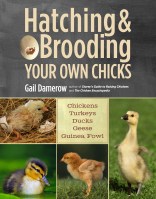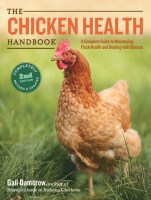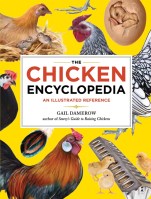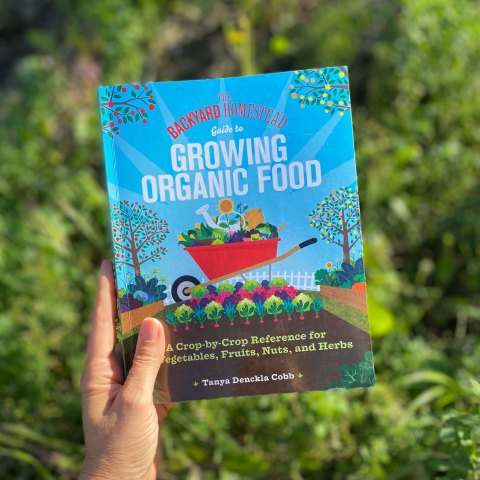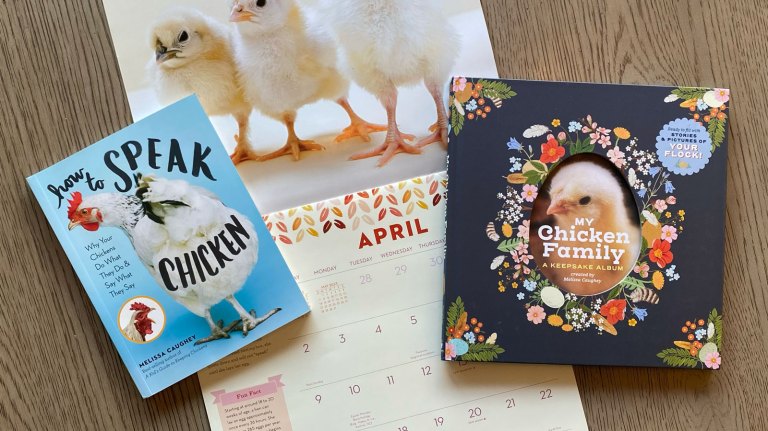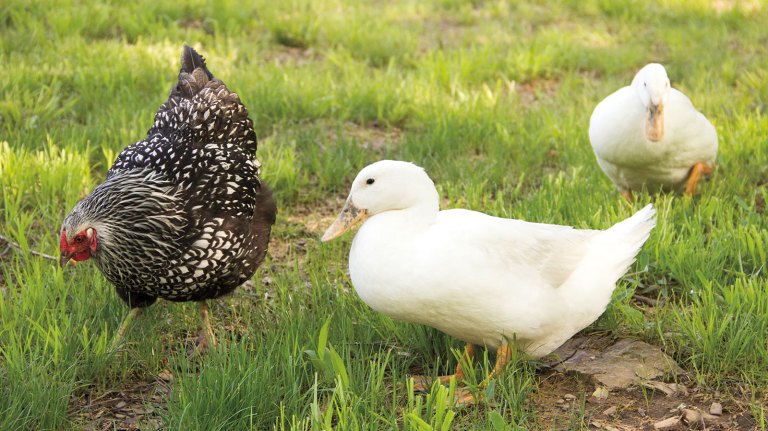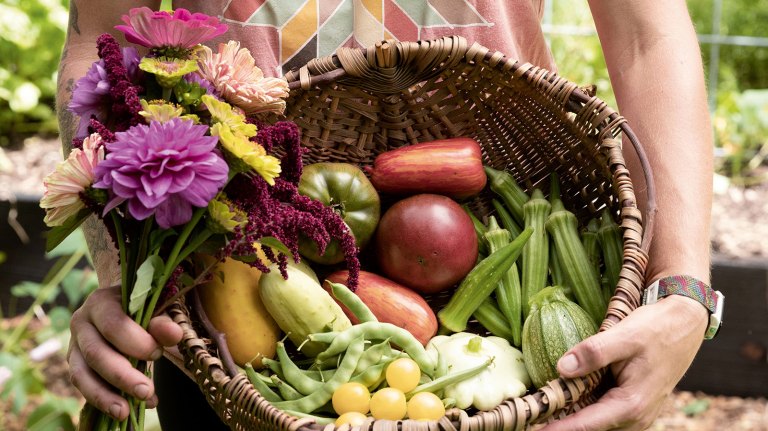What’s My Favorite Chicken Breed?
For author and veteran chicken-keeper Gail Damerow, choosing a favorite breed of chicken comes down to what you want from your birds.

Recently, I have been asked, repeatedly, the hardest question I have ever had to answer in my 40-plus years of raising and writing about chickens: “What’s your favorite breed?”
Holy Minorca! That’s like asking which of my uncles is my favorite. Each has a unique set of positive attributes and faults. Which chicken breed is my favorite depends on the purpose for which I am selecting the breed at the time.
When I first started raising chickens, I wanted it all. Of course I wanted chickens for meat and eggs, so I chose a dual-purpose breed that both laid really well and grew meaty enough that I could use the surplus cockerels from each year’s hatch to fill my freezer.
At the same time I was discovering breeds beyond my rural grandmother’s red laying hens: chickens with feathered feet, with powder-puff feathers on top of their heads, with plumage that looks like fur. Oh, what fun!
At one time I counted 32 different breeds, varieties, and species of poultry in my yard. Had anyone asked me then which breed was my favorite, I’d have been hard-pressed to offer an answer. I fondly remember my Sebrights and have thought about getting them again. Or my Cochins. Or Polish. Or . . . you name it.
I have since reduced the number of different breeds I keep at any given time, but not because I have settled on a favorite. Rather, I carefully choose the breed that appears to best suit my current purpose. Every now and then I pick up a hatchery catalog, gaze at the picture of each breed, and dream about maybe getting chicks of that breed next spring.
Oh, me! But how to choose?
Let’s go back to my first utility chickens. They were New Hampshires, which was an easy choice, because that’s what the local farm store was selling. I raised New Hamps for many years and was well satisfied with them. Along the way I tried other utility breeds but always came back to New Hamps. First love, you know.
Still, every now and then I studied the possibilities to see if maybe some other breed would better suit my purpose. A few years ago, as the price of chicken feed started to skyrocket, I began looking for a breed that lays at least as well as my beloved New Hamps, maybe grows faster (to get the cockerels into the freezer as economically as possible), and more efficiently converts feed into eggs.
I started out with a long list of possible breeds that fit all my criteria. By process of elimination I pared the list down to two breeds, both of which I had previous experience with: Rhode Island Red and barred Plymouth Rock. Unable to decide which to get, I ordered chicks of both breeds from Cackle Hatchery and have been comparing the two in terms of calmness, growth rate, feed consumption, meatiness, and egg production. So far, on all counts the Rocks are pulling ahead.
Does that mean the Plymouth Rock is now my favorite breed? Not by a long shot! It just means the breed seems to best suit my current purpose in keeping a dual-purpose egg-and-meat flock.
Although the Rhode Island Reds and barred Rocks living in my distant barn are pretty and purposeful, I need something more — a few ornamental chickens to keep near the house, where I can enjoy watching them through the window. Naturally enough, I used a different set of criteria in selecting this breed.
I want a small breed that treads lightly on the land and is not inclined to fly. I want a friendly, nonaggressive breed. In making my latest selection, I again started with a long list of candidates and, by process of elimination, pared it down to Silkies — but which variety? In previous years I had white Silkies. On the farm where I live now, white chickens invariably attract aerial predators. After considering all the color options, as well as contemplating the possibility of getting a few of each, I settled on black Silkies.
Does this mean Silkies are now my favorite breed? Not by a long shot! It just means that at this point in my life they seem to best suit my purpose in keeping a few pet ornamentals in my garden.
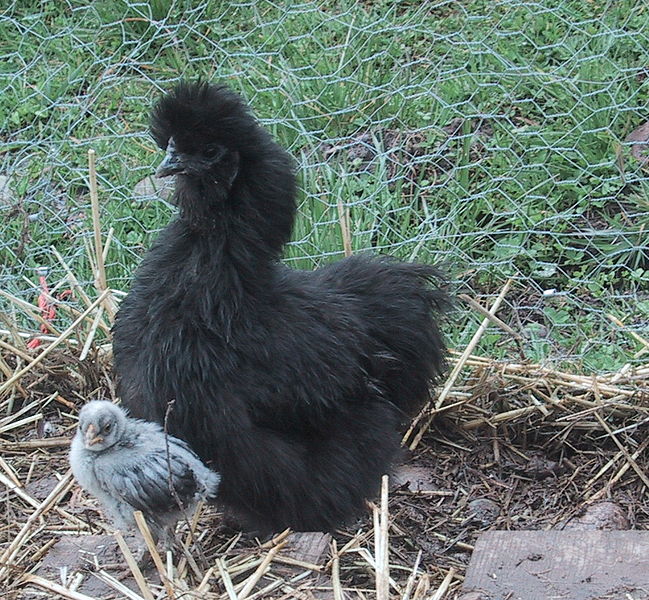
At some time in the future when I’m asked, “What’s your favorite breed?” the chickens I’ll be keeping at the time may be entirely different from those I enjoy raising today. The awesome selection of breeds and varieties to choose from is one of the attractions of having chickens in the first place and is one of the things about them that keeps me coming back for more.


